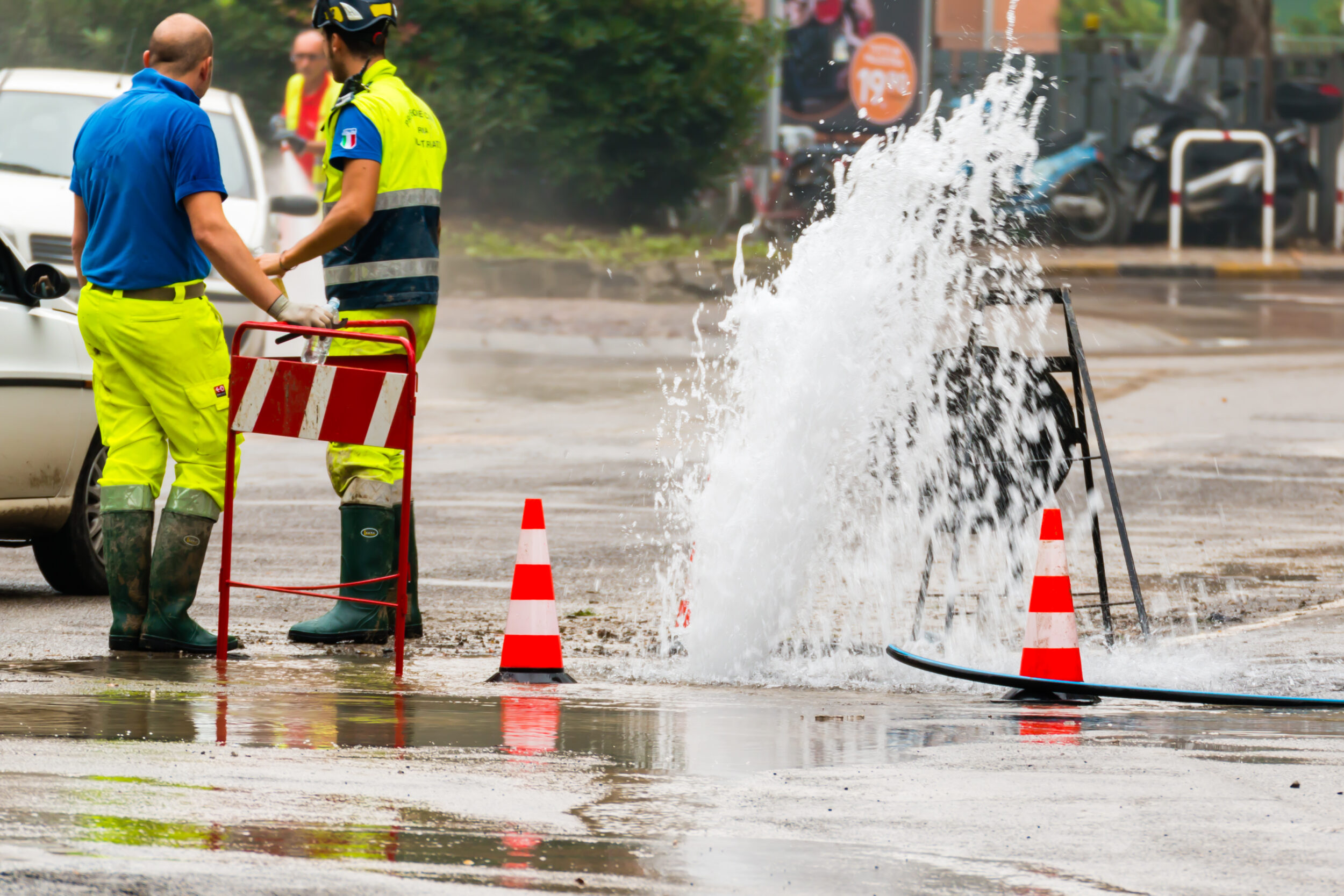Detecting water leaks: A major challenge for network performance
While leakage is a major problem, there are many tools and methodologies available to limit its effects, as well as to prevent it.
Water leaks are a common but critical problem when it comes to managing water networks. Today, around 20% of distributed water is lost through leaks, which is equivalent to the yearly consumption of 18 million people (the regions of Paris and Occitania combined). They not only represent an economic challenge, given the increased operating costs and often oversized production, they also represent an environmental challenge, due to the loss of a precious resource. When carried out using the right technologies and with methodical exploration, leak detection plays an essential role in improving network performance while at the same time preserving water resources.
The impacts of a leak in a water network are many and varied. From an economic perspective, losses due to leaks increase operating costs, making it necessary to supply more water to compensate for the losses and generating additional costs associated with corrective actions and repairs. From an environmental perspective, these losses affect the sustainability of water resources and mean that proactive, optimised network management is essential. It is worth noting that the cost of energy is the main item of expenditure involved in producing drinking water. In effect, raw water is captured or pumped from an underground water table or a river, transported and then treated.
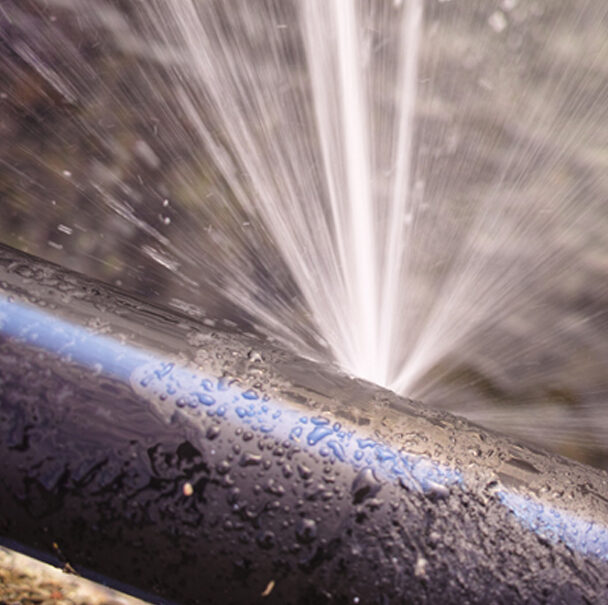
Leak detection is based on a methodology consisting of five main steps, designed to achieve accuracy and efficiency:
1 - Knowledge of the network: The first step is to map your network by detecting connections and pipes of all types of materials from a point of access to the network.
2 - Sectorisation: The aim is to divide the network into several geographical areas based on its configuration and to assess night-time flows using meters equipped with data loggers.
3 - Pre-locating: This phase consists of identifying suspicious areas on the network. It entails installing sensors or loggers to monitor noise at night, primarily to detect acoustic anomalies associated with a leak.
4 - Correlation: Once an area has been identified, acoustic correlation is used to locate the leak with greater accuracy by analysing the noise between several points on the network.
5 - Pinpointing: This final step confirms the exact location of the leak, using acoustic tools such as vibration sensors or specialised devices for specific pipes (plastic, steel, etc.).
The reliability of the results is highly dependent on the equipment used. Suitable tools, such as those offered by the Claire Group, excel for their outstanding performance, ease of use and versatility.
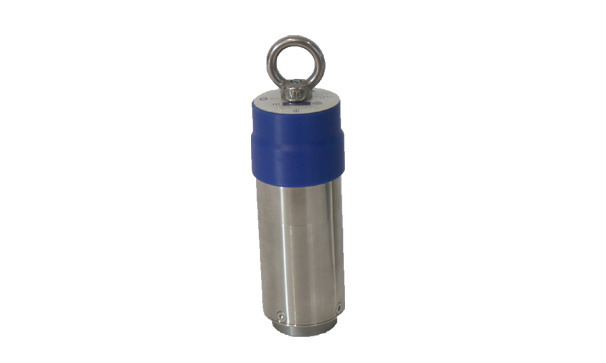
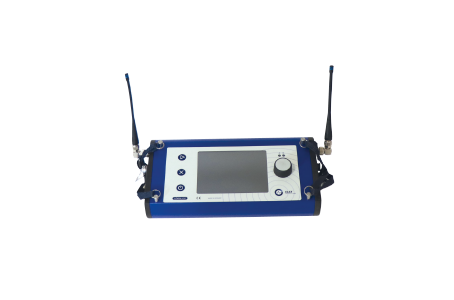
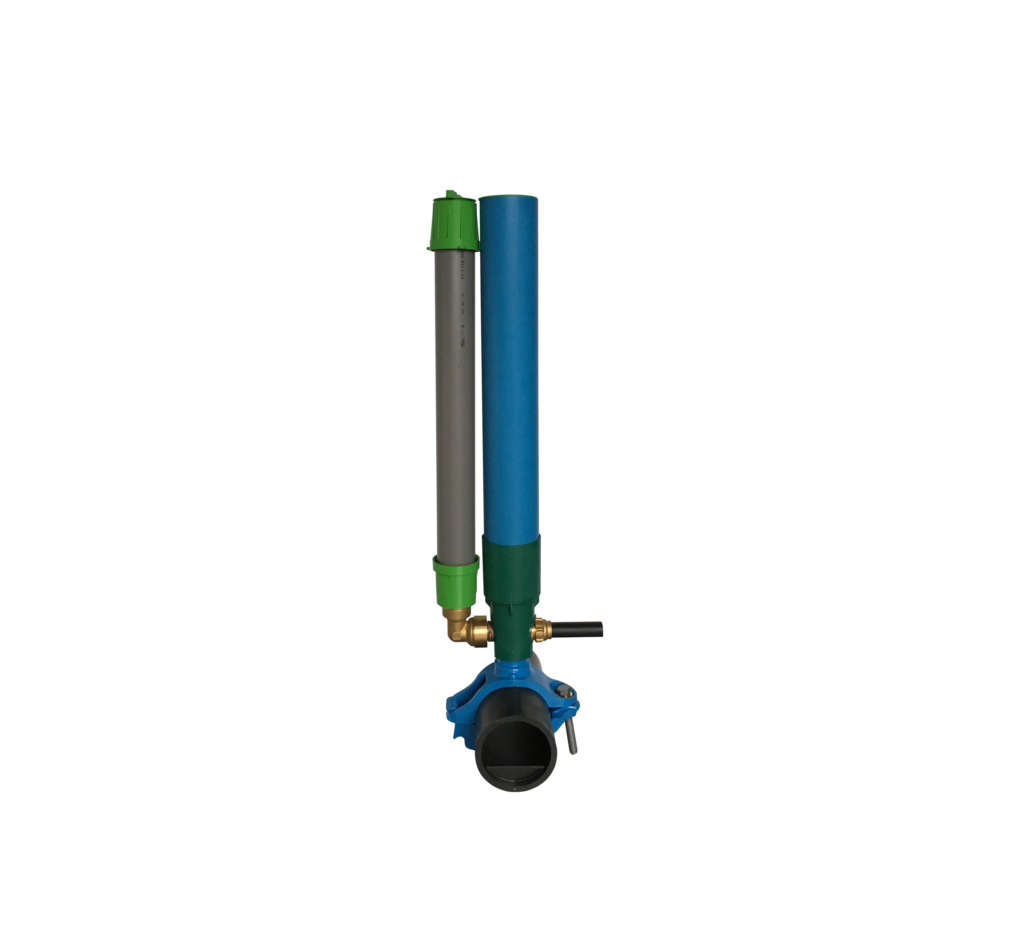
When it comes to leak detection, the devices must satisfy certain requirements. They must be:
The Claire Group offers a complete range of equipment designed to cater for the needs of network managers:
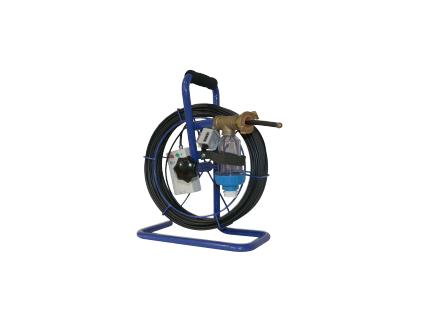
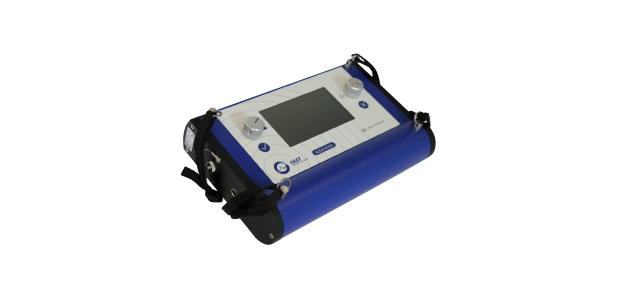

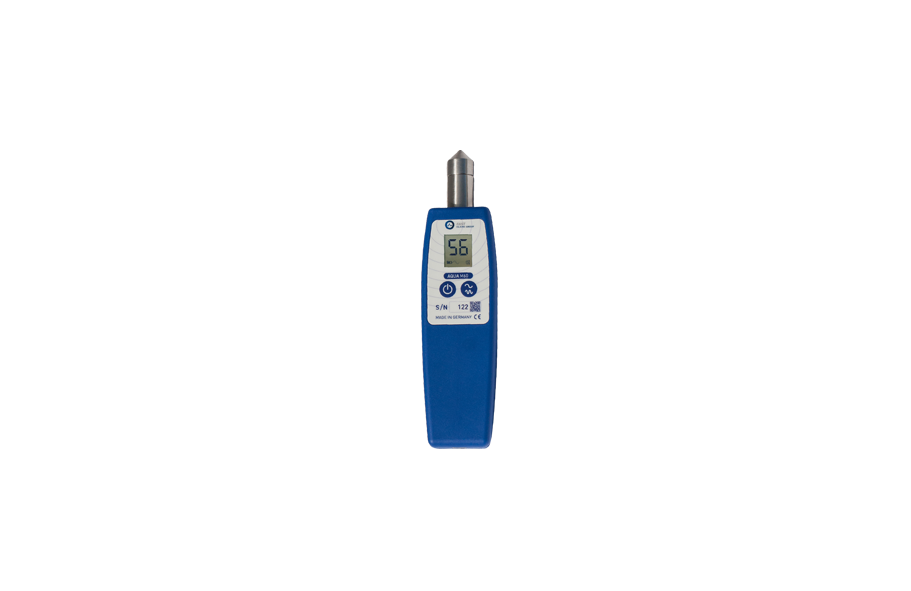
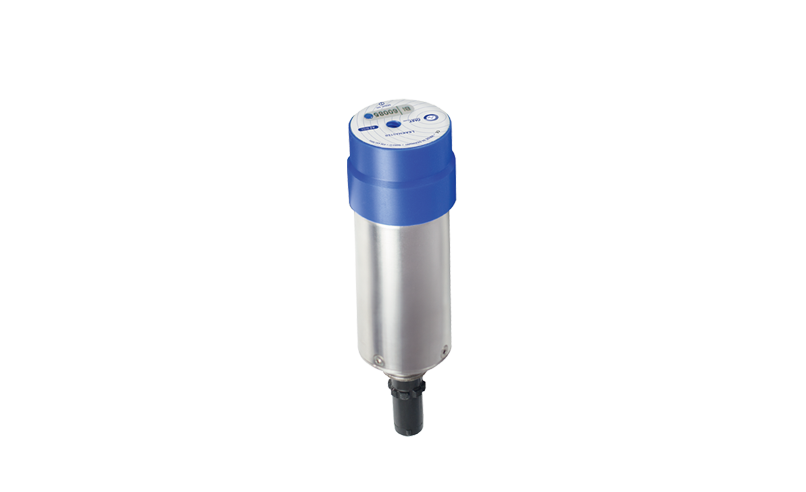
The Claire Group embraces innovation and sustainable development. Its solutions, such as the BIDI Loggers and the AQUA range of devices made by FAST, are designed to improve network efficiency while preserving resources.
Leak detection is so much more than a simple technical operation. It is a strategic instrument to optimise costs, preserve resources and guarantee that users receive a high-quality service. With state-of-the-art equipment and proven methodologies, action can be taken swiftly and effectively to reduce water losses and extend the service life of infrastructures.
